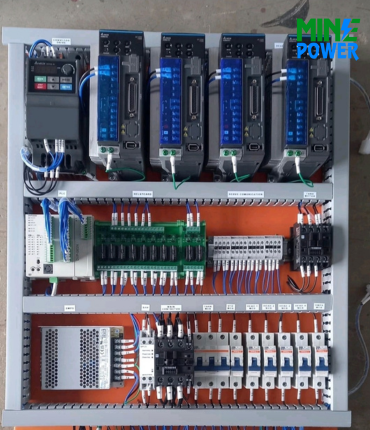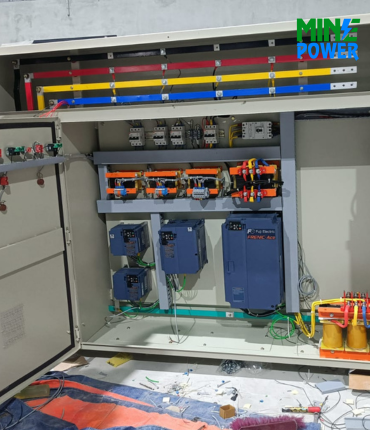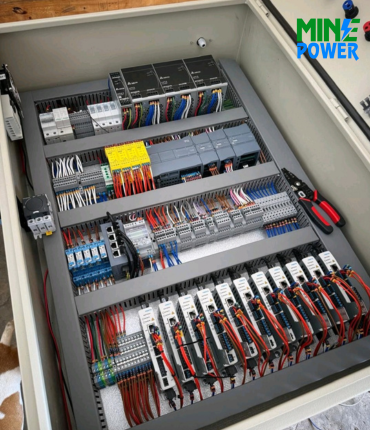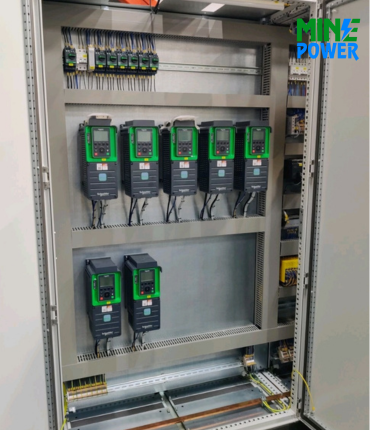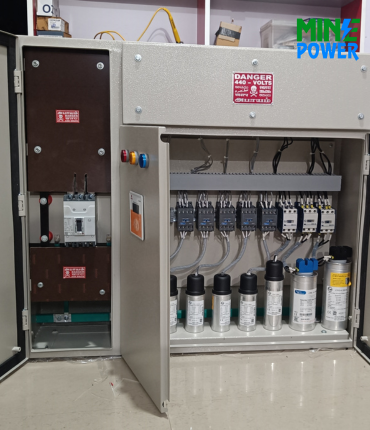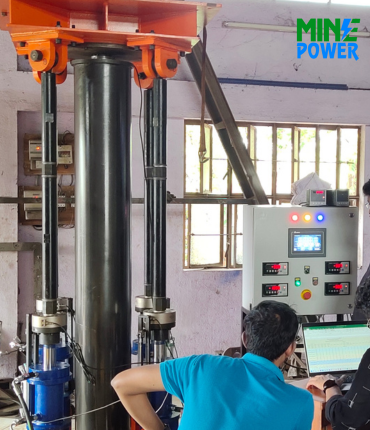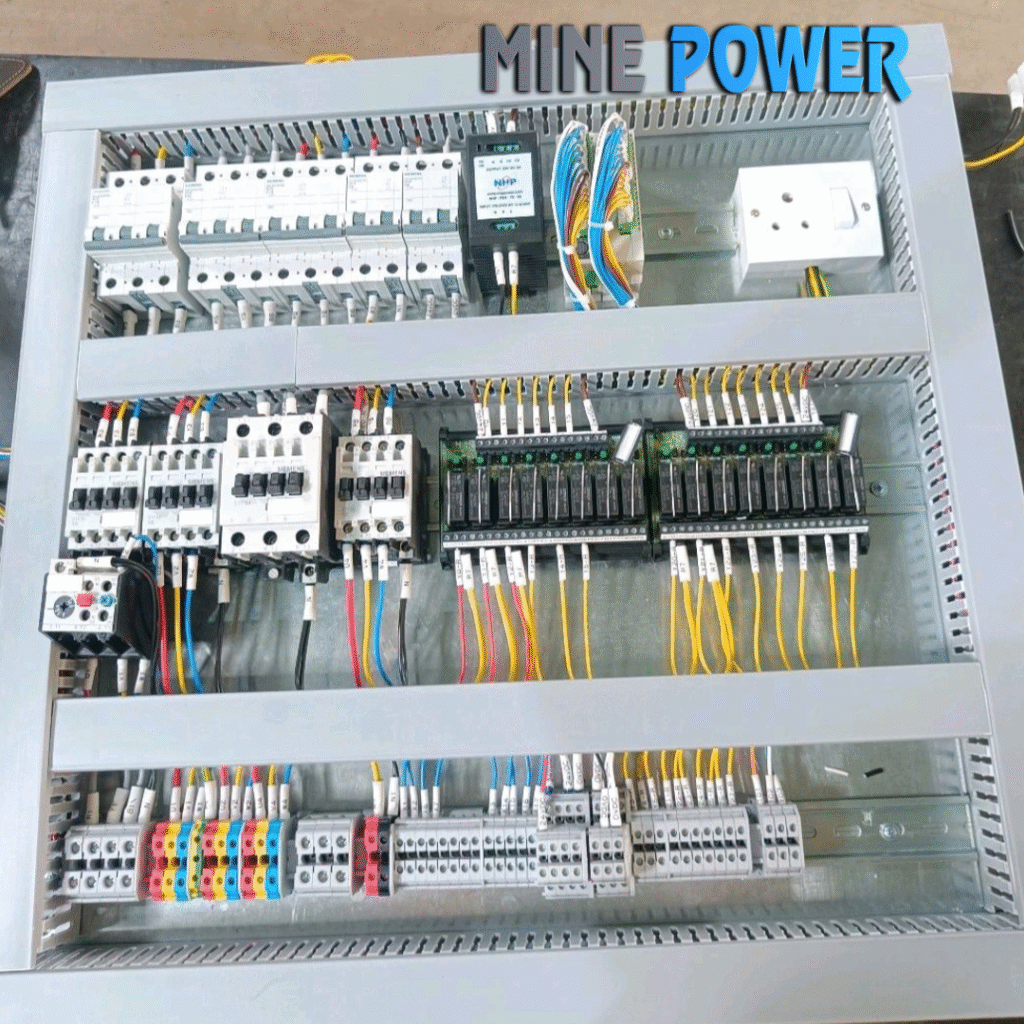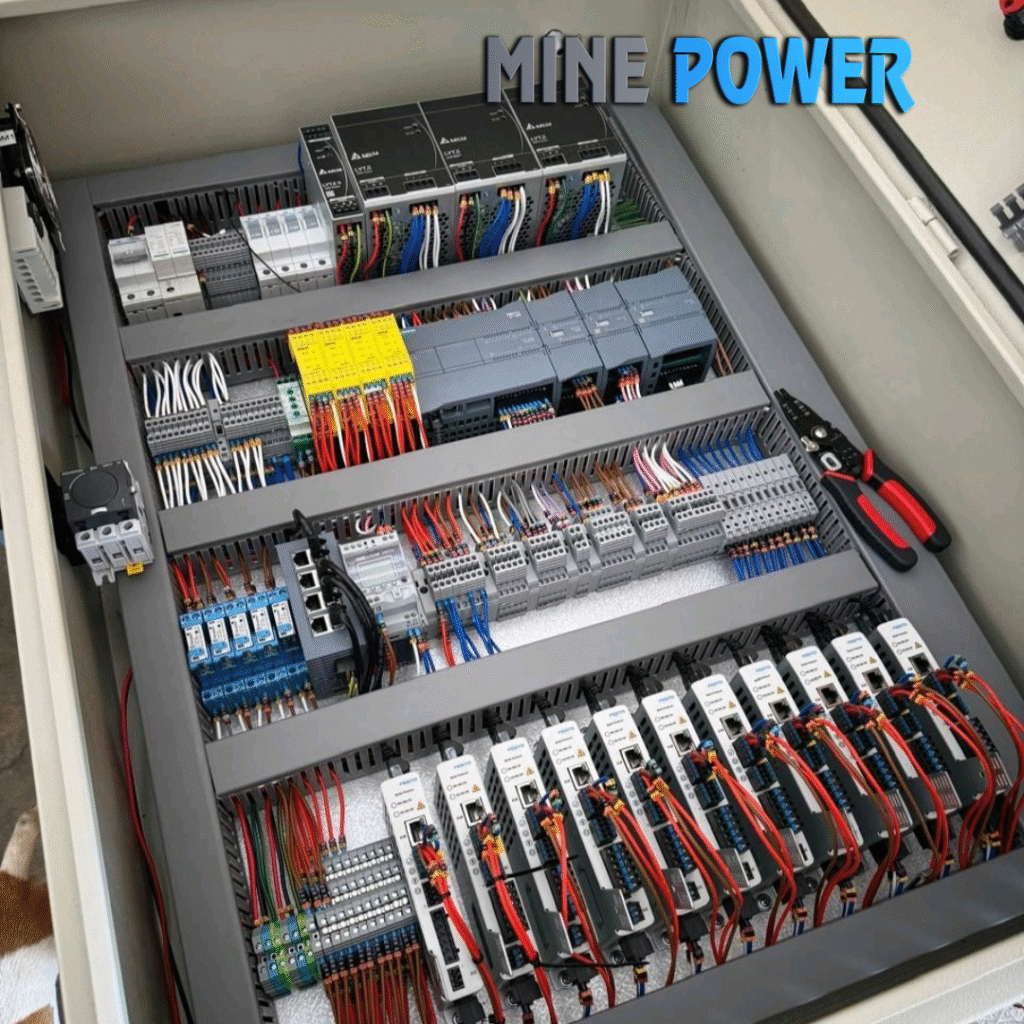Discover Our Projects
Explore Our Innovative Projects
At MinePower, we pride ourselves on executing cutting-edge projects that push the boundaries of innovation. Browse through our featured work and see how we turn big ideas into tangible results.
- By minepowerindia@gmail.com
- September 14, 2025
MCU vs PLC: Rivals or Partners in the Future of Automation?
MCU vs PLC: Rivals or Partners in the Future of Automation? A smartwatch is powered by one. The other powers...
- By minepowerindia@gmail.com
- September 7, 2025
Microcontroller vs PLC: Which One Powers the Future of Automation?
Microcontroller vs PLC: Which One Powers the Future of Automation? If you’ve ever wondered why your washing machine runs smoothly...
- By minepowerindia@gmail.com
- September 1, 2025
How PLCs Are Programmed
PLC Programming and Ladder Logic: A Deep Dive into Industrial Automation Introduction: Why PLC Programming and Ladder Logic Matter PLC...
- By minepowerindia@gmail.com
- August 23, 2025
PLC: The Hidden Brains of Modern Industry
The Hidden Brains of Modern Industry: At Mine Power, we believe automation is the foundation of modern manufacturing. Behind every...
- By minepowerindia@gmail.com
- June 16, 2025
Why Electrical Panels Are Necessary
1. Essential for Power Distribution Without an electrical panel, there is no structured way to distribute electricity from the main...
- By minepowerindia@gmail.com
- June 16, 2025
Importance of Electrical Panels in Industries & Buildings
1. Central Power Distribution Electrical panels act as the control hub that distributes electricity from the main supply to various...
- By minepowerindia@gmail.com
- August 11, 2024
Natural Gas Control System
Natural Gas Control System for Craftsman Automation At Mine Power, we take pride in delivering innovative and efficient automation solutions....
- By minepowerindia@gmail.com
- August 11, 2024
560 kW VFD Drive Panels for Salem Water Board
560 kW VFD Drive Panels for Salem Water Board We specialize in delivering powerful automation and control solutions for industrial and...
- By minepowerindia@gmail.com
- August 11, 2024
Hydraulic Load Testing Equipment for Skyroot Aerospace
Hydraulic Load Testing Equipment for Skyroot Aerospace At Mine Power, we take pride in delivering high-precision engineering solutions that meet...
- By minepowerindia@gmail.com
- August 11, 2024
Auto Batching Plant for Fly Ash Bricks
🧱 Auto Batching Plant for Fly Ash Bricks At Mine Power, we specialize in delivering smart automation solutions that enhance...
- By minepowerindia@gmail.com
- August 9, 2024
Textile Cloth Winding Machine Panel
🧵 Project Spotlight: Textile Cloth Winding Machine Panel At Mine Power, we bring automation and control to the heart of...
- By minepowerindia@gmail.com
- August 9, 2024
1600-Ton Hydraulic Press Control Panel
1600-Ton Hydraulic Press Control Panel At Mine Power, we empower industrial machinery with smart control systems that bring precision, safety,...
- By minepowerindia@gmail.com
- August 9, 2024
How Panels Are Made in Industries: Step-by-Step
1. Requirement Analysis & Design Client requirements, load data, and applications are studied. Engineers design panel layouts using CAD software...
Mine Power is a leading Electrical automation solutions provider, serving diverse industries with a skilled team of engineers boasting over 10 years of experience.



